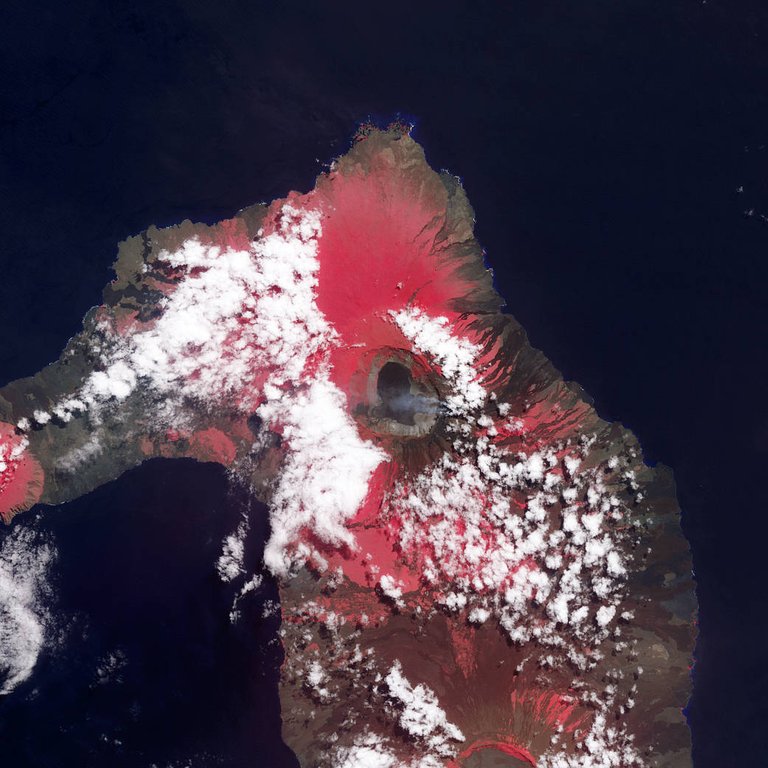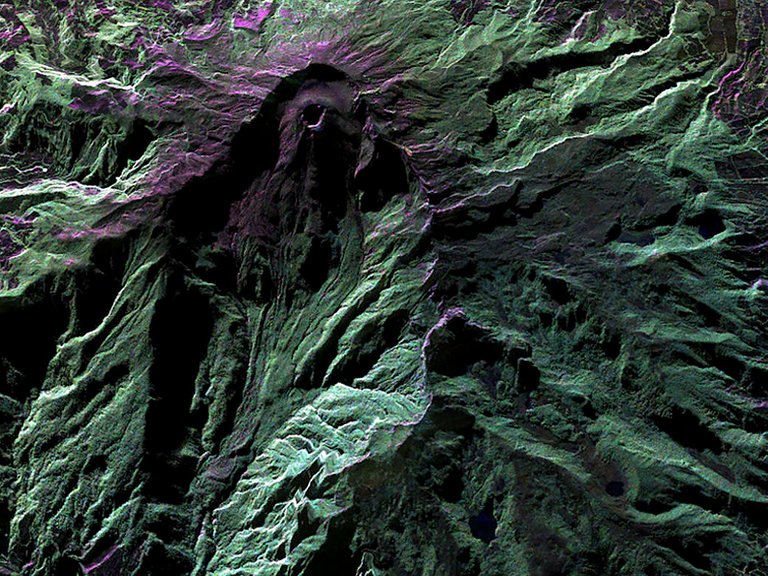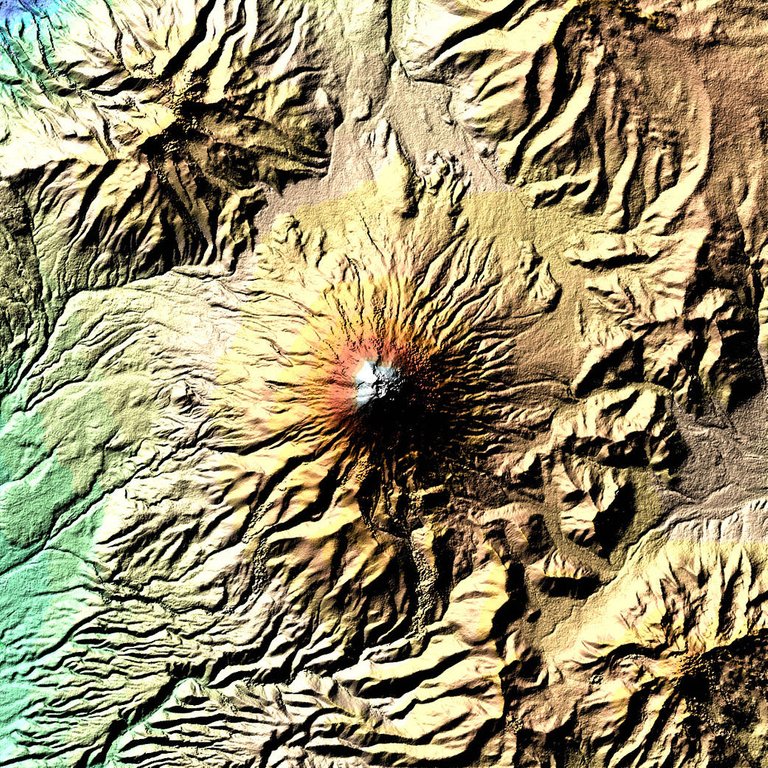Ocean Carbon was once boosted by the ancient volcano, however, humans are currently way outpacing them

Caption: Mike Carlowicz ; (Source: NASA )
Another investigation of an antiquated period that is viewed as the nearest regular simple to the time of present-day human carbon outflows has discovered that monstrous volcanism sent extraordinary influxes of carbon into the seas more than a large number of years. However, that nature didn't verge on coordinating what people are doing today
The examination assesses that individuals are presently acquainting element 3 with multiple times faster, or maybe rather more. The ramifications forever each within the water and on land are conceivably fateful. The discoveries show up in the week within the journal Proceedings of the National Academy of Sciences . Analysts at Columbia University's Lamont-Doherty Earth Observatory analyzed sea conditions 55.6 million years back, an amount referred to as the Paleocene-Eocene Thermal Maximum (PETM).
Before this, the Earth was at that time extensively hotter than it's nowadays, and therefore the starting up carbon dioxide levels of the PETM drove temperatures up another five to eight degrees C (9 to 14 degrees F). The seas consumed heaps of carbon, prod artificial responses that created waters become deeply acidic, and slaughtering or weakening varied marine species. Researchers have thought of the PETM carbon flood for a quite very long time, but up to the present purpose, are insecure about what caused it.

Besides geological phenomenon, theories have incorporated the surprising disintegration of coagulated gas (which contains carbon) from ocean depths muds, or perhaps a crash with an extraterrestrial object. Scientists have to boot been questions regarding what quantity greenhouse emission was offered noticeable all around, and during this manner what quantity the seas took in. The new investigation sets each the well of the volcanic rock hypothesis, and therefore the life of carbon that was delivered into the air. The exploration is lawfully pertinent to nowadays, aforementioned lead creator Laura Haynes, who examined as a graduate associate at Lamont-Doherty.
Today, things are moving heaps faster." Haynes is currently an Assistant Professor at Vassar College . Up to currently, marine investigations of the PETM have trusted inadequate substance data from the seas, and suppositions addicted to a selected level of mystery that specialists took care of into laptop models. The creators of the new investigation got at the inquiries all the additional squarely. They did this by refined tiny shelled marine living beings thought-about Foraminifera in water that they outlined to require once the exceptionally acidic states of the PETM.
They recorded however the living beings took up element B into their shells throughout development. They at that time contrasted these data and investigations of B from inflexible Foraminifera in Pacific and Atlantic ocean depths centers that vary the PETM. This allowable them to acknowledge carbon-isotope marks connected with express carbon sources. This showed volcanoes were the first supply - presumptively from vast ejections rotated around what's presently Iceland because the Atlantic ocean spread out, and northern North America and Kalaallit Nunaat isolated from northern Europe.

The specialists state the carbon beats, that others gauge went on for at any rate 4,000 to 5,000 years, enclosed the maximum amount as 14.9 quadrillion metric vast amounts of carbon to the seas - a 66% growth over their past substance. The carbon would have originated from carbon dioxide radiated lawfully by the ejections, the ignition of encompassing substance rocks, and a few gas gushing from the profundities. Because the seas assimilated carbon from the air, waters clothed to be deeply acidic and remained that route for innumerable years.
There's proof this slaughtered off heaps of remote ocean life and possibly alternative marine animals additionally. Today, human emanations are inflicting greenhouse emission within the setting to soar, and therefore the seas are once more holding quite a little bit of it. The factor that matters is that we tend to are presenting it heaps faster than the volcanoes did - within decades instead of centuries. Air levels have shot up from around 280 sections for each million throughout the 1700s to around 415 nowadays, and that they are on the way to continue rising quickly. Measuring device levels would as of currently be heaps higher if the seas weren't holding to such an atmospheric extent. As they do, fast fermentation is setting out to pressure marine life.
Within the event that we just couple exceptionally fast, that's an enormous issue," said the examination's coauthor Bärbel Hönisch, a geochemist at Lamont-Doherty. She known as attention to it even at the rather more slow pace of the PETM, marine life saw important expire offs.

Reference:
- Materials provided by Earth Institute at Columbia University .
Journal Reference:
- Laura L. Haynes, Bärbel Hönisch. The seawater carbon inventory at the Paleocene–Eocene Thermal Maximum. Proceedings of the National Academy of Sciences, 2020; 202003197 DOI: 10.1073/pnas.2003197117